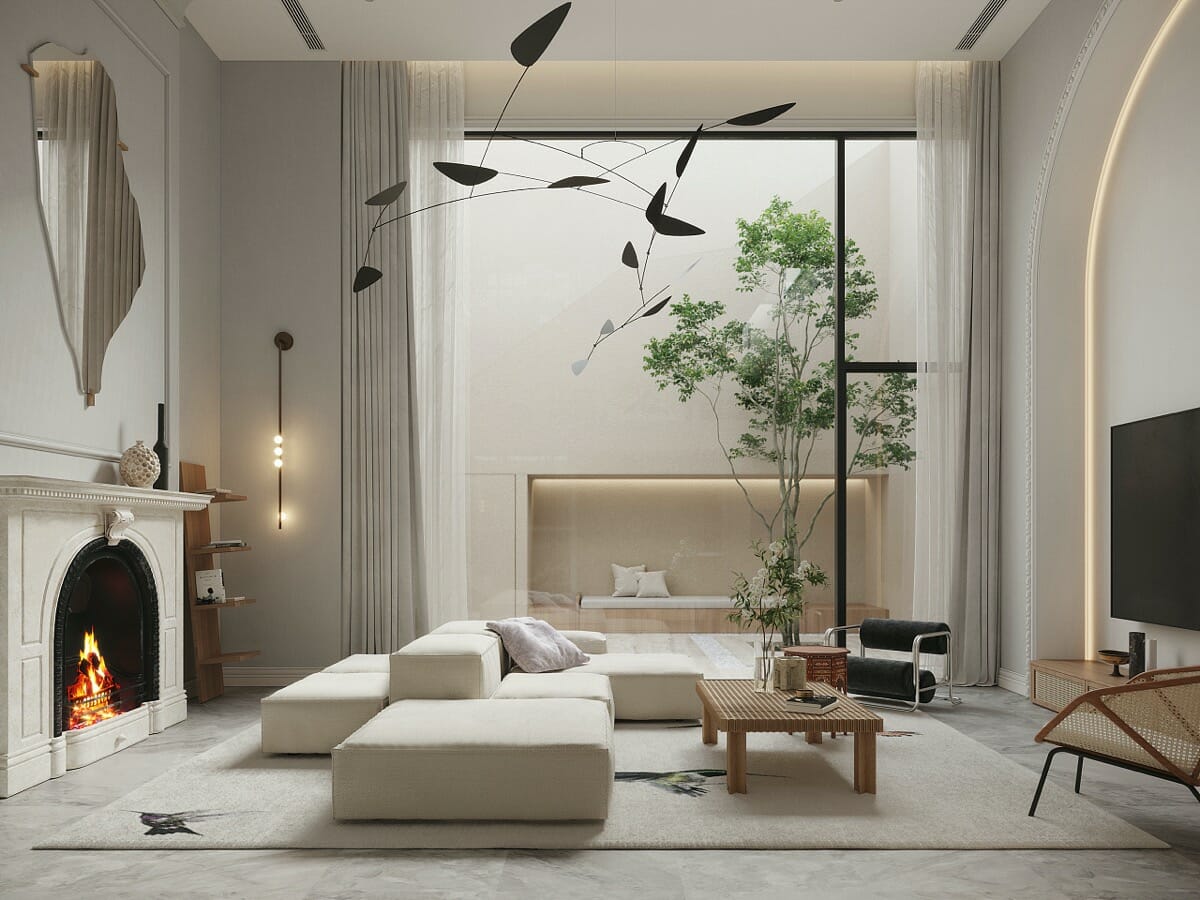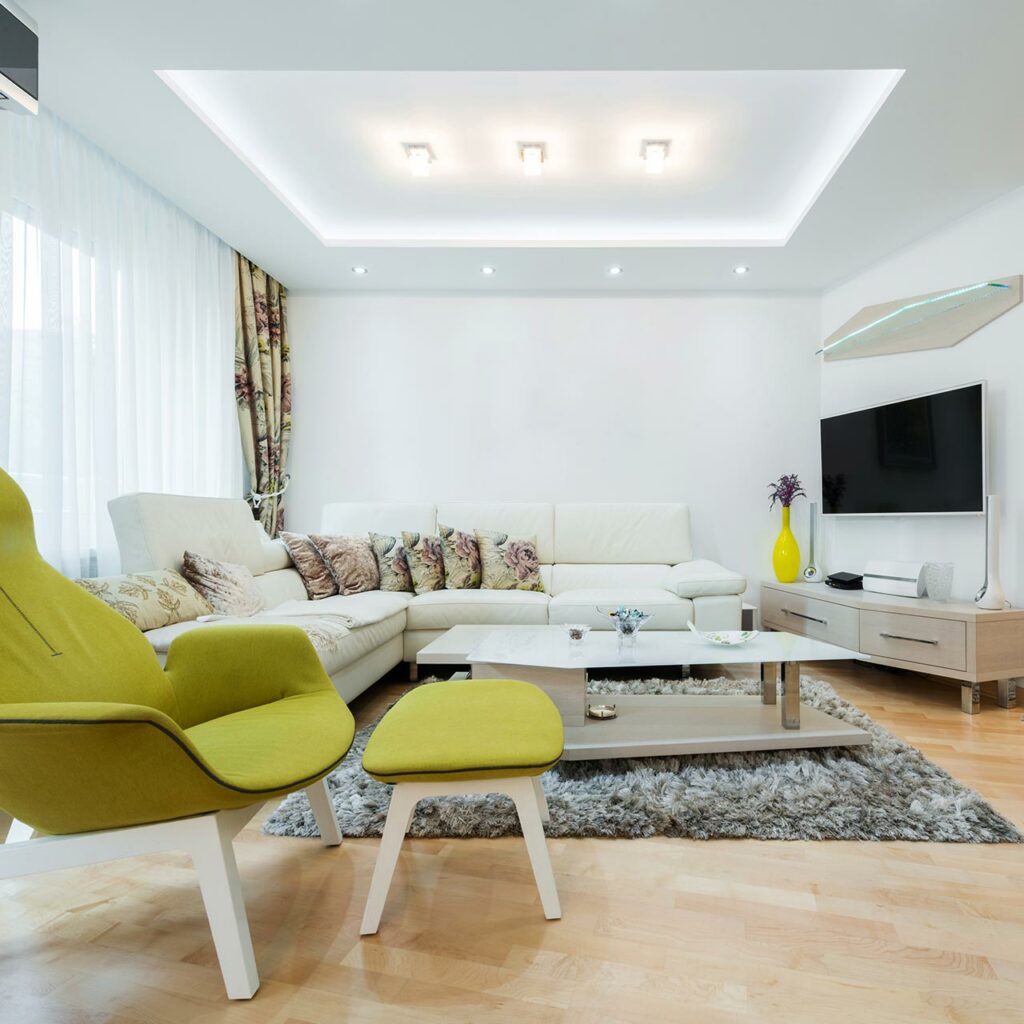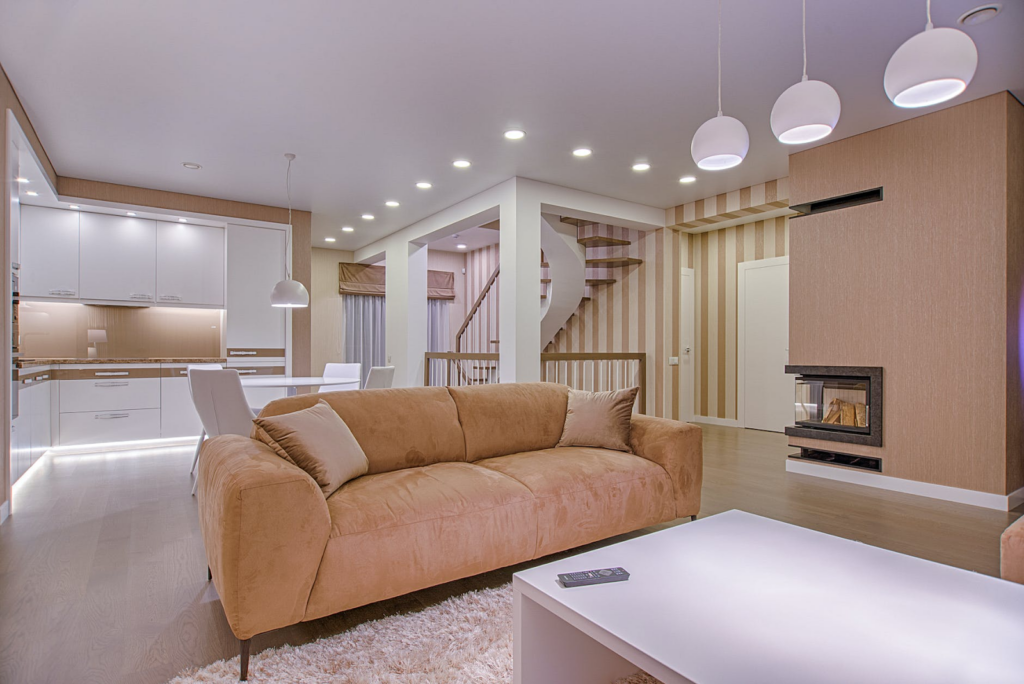Lighting plays a crucial role in shaping the ambiance and functionality of your home’s interior. Beyond simply illuminating a space, well-designed lighting can enhance the aesthetic appeal. Good lighting creates a sense of warmth and comfort. It also improves the overall functionality of your living environment. From setting the mood in your living room to enhancing productivity in your home office, here are five ways good lighting can transform your home’s interior.
1. Enhances Architectural Features
Good lighting can highlight the architectural features of your home. If your home has vaulted ceilings, exposed beams, or intricate molding, you can use luxury recessed lighting to show off these features. By strategically placing lighting fixtures, you can draw attention to these elements and create visual interest and depth within a space. For example, recessed lighting can accentuate the contours of a ceiling, while wall sconces can emphasize the texture of a brick accent wall. Illuminating architectural features adds character to your home and enhances its overall design aesthetic.
2. Sets the Mood and Atmosphere
Lighting has the power to influence the mood and atmosphere of a room. By incorporating dimmable lighting fixtures and layered lighting techniques, you can adjust the ambiance to suit different occasions and activities. Soft, warm lighting can create a cozy atmosphere in the living room for relaxing evenings. Color-changing lights, such as smart LED bulbs or strips, offer versatile options for creating different moods and atmospheres in your home. Set the lights to soft oranges, yellows, or reds to create a cozy and inviting atmosphere. Cooler tones like blues or greens evoke a sense of calm and relaxation in bedrooms or reading nooks. By varying the intensity and color temperature of light sources, you can evoke different emotions and enhance the overall experience of your home.

3. Maximizes Functionality and Comfort
Good lighting is essential for enhancing the functionality and comfort of your home’s interior spaces. In areas where tasks are performed, such as the kitchen, home office, or bathroom, adequate task lighting is crucial for visibility and productivity. Brighter task lighting is ideal for cooking and entertaining in the kitchen. Under-cabinet lighting in the kitchen can illuminate countertops for meal preparation, while adjustable desk lamps in the home office provide focused lighting for reading and working. Incorporating natural light sources, such as windows and skylights, can improve the comfort and well-being of occupants by reducing reliance on artificial lighting and connecting interiors with the outdoors.
4. Defines Zones and Focal Points
Effective lighting design can help define zones and focal points within a room. Lights create visual hierarchy and balance. By using a combination of ambient, task, and accent lighting, you can delineate different areas for specific activities or functions. Pendant lights can define the dining area in an open-concept living space. A statement chandelier can serve as a focal point in the entryway or foyer. By strategically placing lighting fixtures, you can guide the eye towards key architectural elements, artwork, or decorative features. Good lighting adds depth and dimension to your home’s interior design.

5. Increases Energy Efficiency and Sustainability
Investing in energy-efficient lighting solutions reduces your carbon footprint. It also helps lower utility costs and promote sustainability. LED (light-emitting diode) and CFL (compact fluorescent lamp) bulbs consume significantly less energy than traditional incandescent bulbs. These bulbs have a longer lifespan, making them a cost-effective and environmentally-friendly choice for illuminating your home. Incorporating daylighting strategies, such as skylights, clerestory windows, and light tubes, can reduce the need for artificial lighting during daylight hours, further enhancing energy efficiency and promoting a healthier indoor environment.
Good lighting is a fundamental aspect of interior design. Lighting can profoundly impact the look, feel, and functionality of your home. From accentuating architectural features to setting the mood and atmosphere, lighting has the power to transform a space. Lights can enhance your mood and improve your overall quality of life. By incorporating thoughtful lighting design principles and embracing energy-efficient solutions, you can create a home that is visually stunning. You also will enjoy comfortable, functional, and sustainable for years to come.






